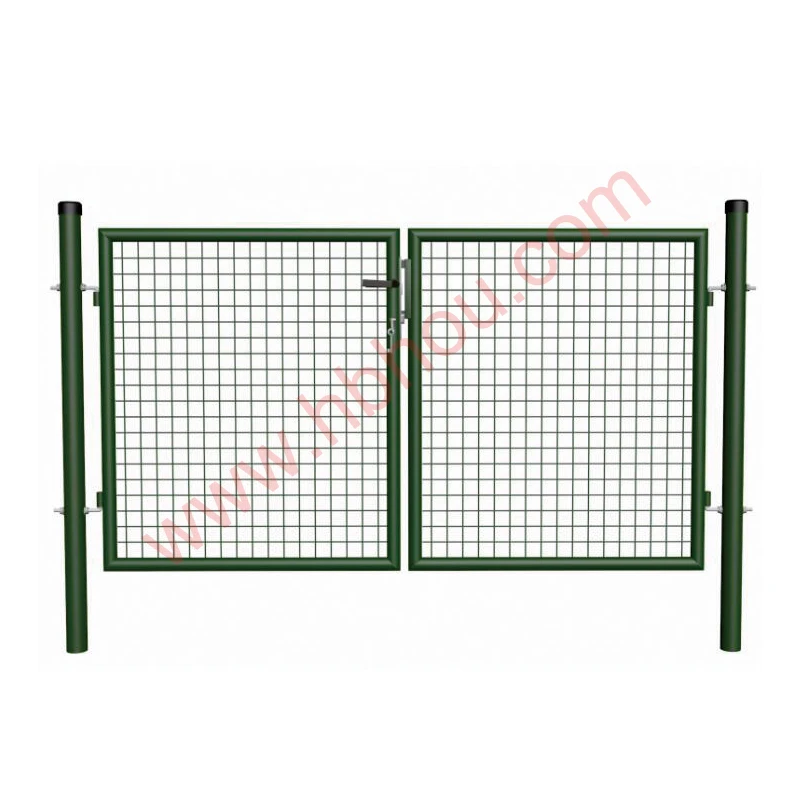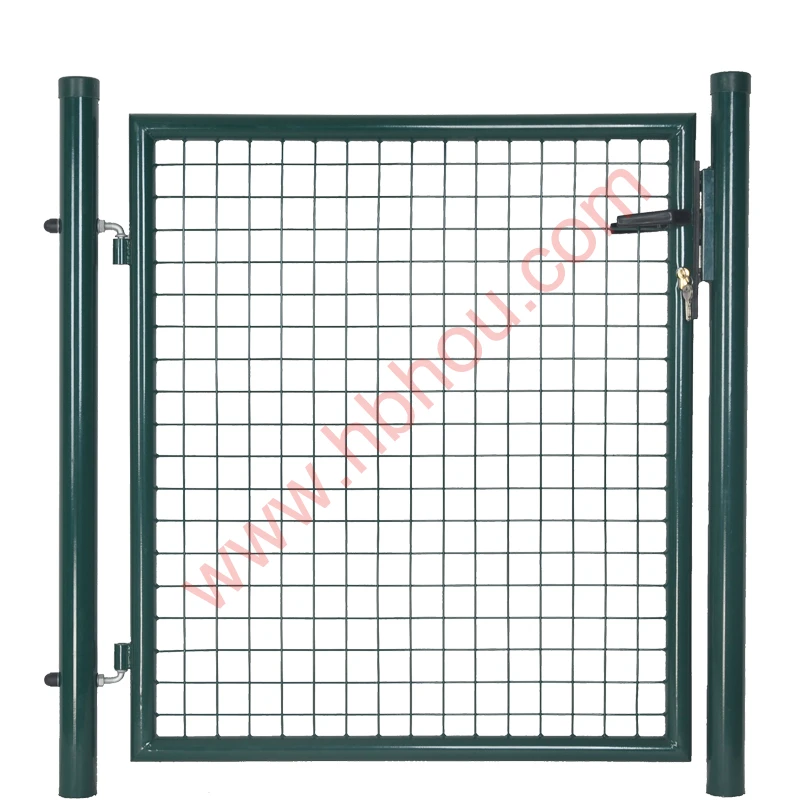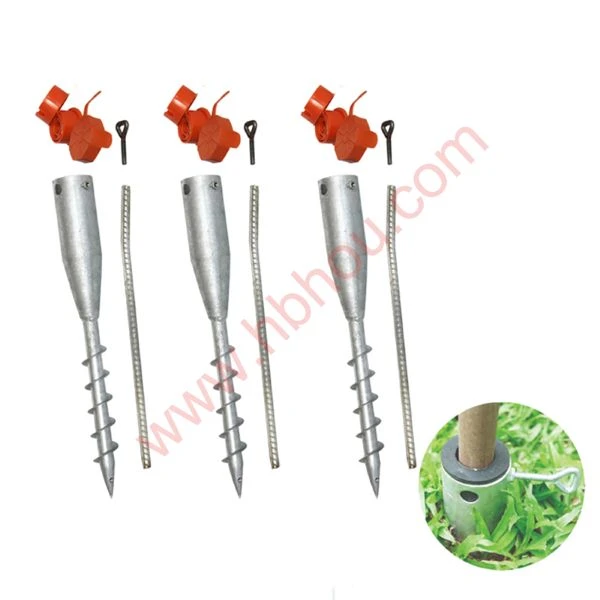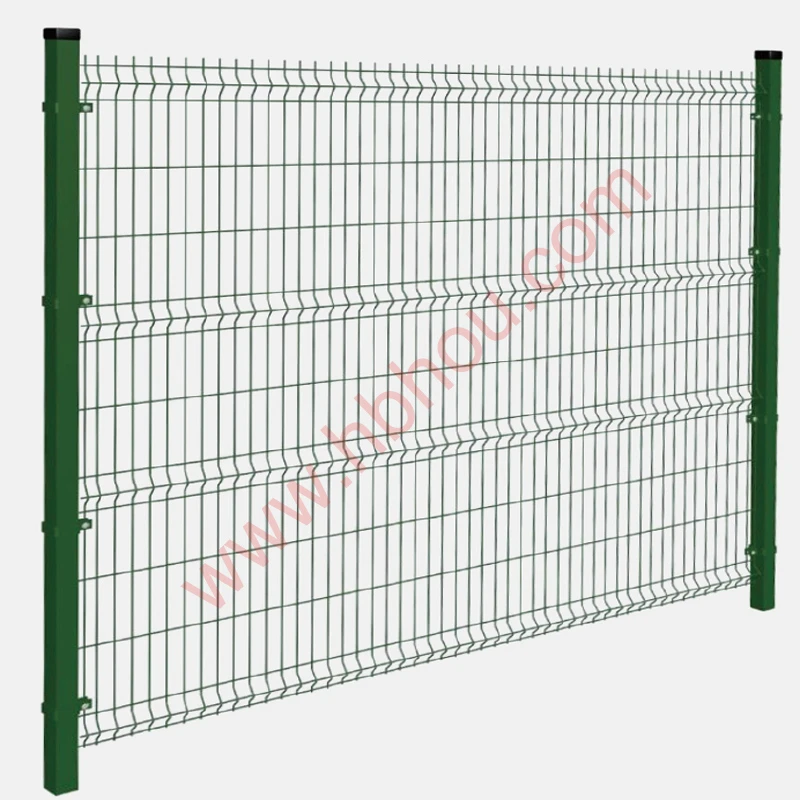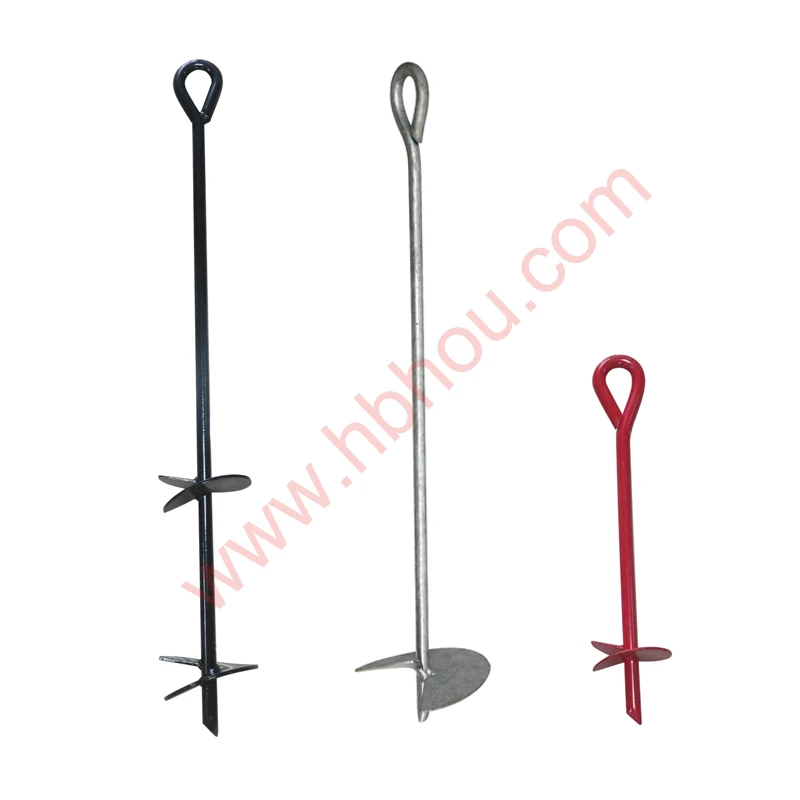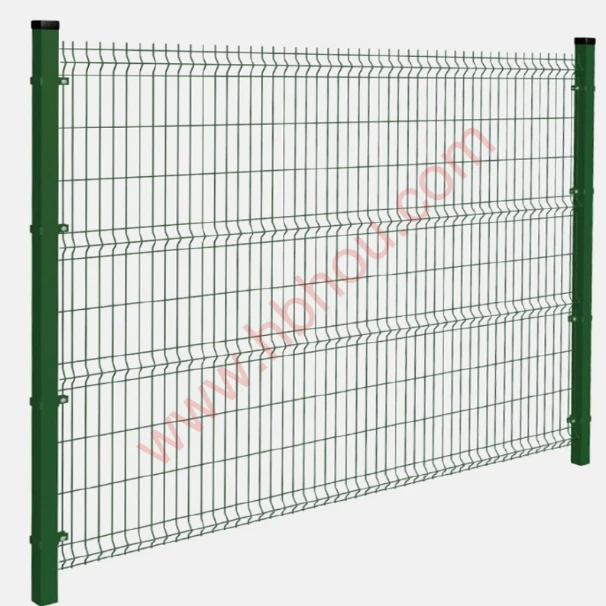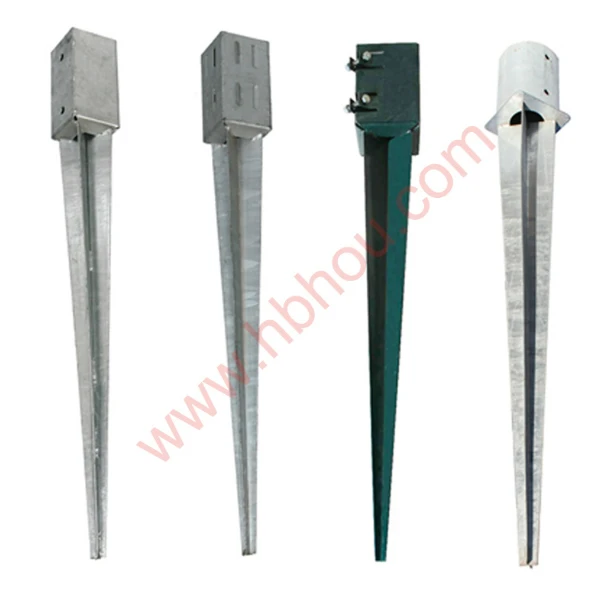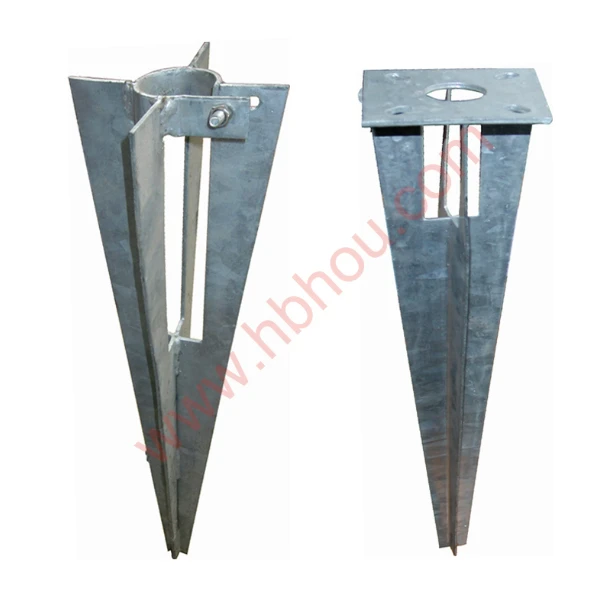The Importance of Indoor Pet Cages A Comprehensive Guide
Owning pets has become a beloved pastime for many people around the world. However, with the joy of having a furry companion comes the responsibility of ensuring their safety, comfort, and well-being. One effective way to achieve this is through the use of indoor pet cages. These cages provide a secure environment where pets can relax, play, and stay safe. In this article, we will explore the importance of indoor pet cages, their benefits, types, and tips for choosing the right one for your furry friend.
The Benefits of Indoor Pet Cages
1. Safety and Security One of the primary benefits of using an indoor pet cage is the safety it provides. For pet owners, especially those with small animals or puppies, a cage serves as a sanctuary. It prevents pets from getting into hazardous areas of the home, such as kitchens or rooms with fragile items. Also, in the case of unexpected guests or events, a cage can keep pets calm and away from the chaos.
2. Training Aid Cages can be an effective tool for housebreaking young pets. Dogs naturally seek a safe space, and a cage can become their den. When properly introduced, pets learn to associate their cage with positive experiences. This helps them develop good habits and understand boundaries within the home.
3. Stress Reduction Just like humans, pets can experience stress, especially in new environments or during loud noises, such as thunderstorms or fireworks. An indoor cage can serve as a retreat where pets can feel secure, reducing anxiety levels and providing a space for relaxation.
4. Managing Multi-Pet Households In households with multiple pets, an indoor cage can help manage interactions. It allows owners to separate pets during feeding times, play sessions, or when introducing new members to the family. This ensures that each pet feels secure and reduces the potential for conflicts.
5. Organization and Cleanliness Having a designated space for pets can help maintain cleanliness in your home. Cages can contain messes, preventing them from spreading around the house. Additionally, you can easily regulate their activities within the cage, making cleaning more manageable.
Types of Indoor Pet Cages
When it comes to choosing an indoor pet cage, there are several types to consider, each catering to different pets and their needs
1. Wire Cages These are versatile and widely used for dogs and cats. Wire cages offer good ventilation and visibility, and they often come with a removable tray for easy cleaning.
indoor pet cage

2. Plastic Crates Ideal for smaller pets and puppies, plastic crates provide a secure and cozy environment. They are lightweight, portable, and easy to clean, making them perfect for travel.
3. Soft-Sided Cages Suitable for small animals like rabbits and ferrets, these tents or soft crates allow for easy transportation while providing a comfortable space for pets to relax.
4. Exercise Pens For larger pets, exercise pens provide a larger area for pets to move while still being contained. They are perfect for playtime and can be set up indoors or outdoors.
Tips for Choosing the Right Indoor Pet Cage
1. Size Matters Ensure the cage is big enough for your pet to stand, turn around, and lie down comfortably. A cramped cage can lead to stress and discomfort.
2. Material Considerations Choose durable materials that can withstand your pet’s behavior. A sturdy structure is essential to ensure the cage serves its purpose effectively.
3. Accessibility Look for cages with easy access points, allowing you to effortlessly place or remove your pet. Cages with removable trays are beneficial for cleaning.
4. Safety Features Ensure there are no sharp edges or small parts that could pose a risk to your pet. Features like secure locks and chew-proof materials can enhance safety.
5. Comfort and Accessories Adding a fluffy bed or blanket inside the cage can make it more inviting for your pet. Consider integrating toys or chew items to keep them entertained while inside.
Conclusion
Indoor pet cages provide not only a safe haven for pets but also contribute to their training and overall mental well-being. Understanding the benefits they offer, the types available, and how to select the right one can significantly enhance the lives of both pets and their owners. By providing your furry friends with a cozy and secure environment, you are investing in their happiness and comfort, making your home a better place for everyone involved.









